Contact lenses are available for virtually every prescription and lifestyle

Does wearing a face mask have your glasses fogging up ALL. DAY. LONG? Switching to contact lenses makes that pesky problem a thing of the past. (Plus, contact lenses are completely safe to wear during the coronavirus pandemic.)
Cleveland Clinic is a non-profit academic medical center. Advertising on our site helps support our mission. We do not endorse non-Cleveland Clinic products or services. Policy
And contacts offer other advantages, too. They are available for people of all ages — optometrists can fit contacts for kids around 10 years of age or younger.
Optometrist Wes Immler, OD, discusses the versatility of contacts, plus types and features available.
“An advantage of contacts is that they sit right on the eye and move with it,” says Dr. Immler. For that reason, contacts are a great choice for people who lead active lifestyles.
For example:
“Another benefit of contacts over glasses is that you won’t lose track of them or damage them by sitting or stepping on them,” says Dr. Immler. “Eye care specialists are happy to adjust glasses, but not needing that service can be a timesaver.”
When first developed, contact lenses were only available as hard lenses. Today’s hard lenses, called gas permeable, are much improved. They can be worn for up to a year without needing to be replaced as long as they are properly cared for.
“Typically, the people who choose hard lenses have eye conditions that don’t allow them to wear a soft lens,” says Dr. Immler. “They might have an irregularly shaped eye or a condition called keratoconus, which causes thinning of the cornea.”
The vast majority of Dr. Immler’s patients (around 90 to 95%) choose soft lenses. Soft contact lenses are typically thinner, lighter and more comfortable than hard lenses. Lens manufacturers now use a silicone hydrogel material that allows more oxygen to reach the eye. Soft contact lenses come in three varieties:
“Everything is heading toward daily disposable soft contact lenses — 40 to 50% of the people I see are wearing daily disposables, and that number is growing every year,” says Dr. Immler. “The advantage of a fresh pair daily is the reduced likelihood of dryness and allergies, damage and infection.”
“Anytime you put something on or near your eye, you’re introducing risk,” says Dr. Immler. “The biggest risk is infection.”
Dr. Immler says infection risks are lowest with daily disposable lenses because you use a fresh pair every day. For other lens types, follow good hygiene practices:
Contact lens manufacturers make lenses to meet virtually every need. When choosing contact lenses, you may hear these terms:
Most people wear spherical lenses. These standard lenses correct farsightedness or nearsightedness.
Toric lenses are weighted, so they rotate to match your specific eye shape. Optometrists often prescribe them for people with astigmatism (when the eye’s surface or shape isn’t perfectly round).
Multifocal (sometimes called bifocal) lenses allow you to see both far away and close up. Glasses accomplish this by using the top of the lens for distance and the bottom for close up. But contact lenses use concentric rings — one for distance, one for close up — alternated throughout the lens. Multifocal lenses now come in a toric option as well.
“Multifocal lenses work quite well after a week or two of your brain adjusting,” says Dr. Immler. “The advantage is you don’t need to use glasses, but there is some trial and error involved to balance distance and close-up vision. Multifocals usually don’t give perfect vision, but it gets close enough that the benefit of not needing glasses outweighs the imperfection.”
Another strategy for meeting both distance and close up needs is monovision lenses. Your eye doctor may recommend a scenario where you put a distance lens in one eye and a near vision lens in the other eye. The brain makes the necessary adjustments so you can see fairly well at all distances.
Hybrid lenses offer the comfort of a soft lens with the vision of a hard lens. The part that touches the eye is soft, while the part over the cornea is hard. Hybrid lenses aren’t widely used but can be a good option for people with a particular prescription or astigmatism.
Scleral lenses are sometimes medically necessary if you had eye surgery or have an eye condition such as keratoconus. “This is a unique type of lens used only for certain eye conditions,” says Dr. Immler. “It’s larger than the typical lens and is a rigid lens that vaults over the entire cornea onto the white of the eye.”
An orthokeratology lens is approved for nighttime sleeping. The lens acts as a retainer — while you sleep, the lens gradually reshapes or molds the surface of the eye. When you wake up, your vision is clear. Throughout the day, the eye slowly returns to its normal shape.
In the event of an eye injury, prosthetic lenses can match a damaged eye to a healthy eye. “There are a few providers in every state that offer this type of specialty lens,” says Dr. Immler. “In great detail, an artist paints an eye on a lens. The image includes the pupil, cornea and even vessels. The artistry is so impressive, it’s hard to tell it’s a prosthetic.”
People who want to change their eye color can choose colored lenses. These are made by adding pigment to the lens to change the appearance of the iris.
Many manufacturers offer coatings to:
“Contact lenses are medical devices, so it is illegal to sell them without a doctor’s prescription,” says Dr. Immler. “If you’re tempted to purchase special effects lenses such as cat eyes for a Halloween costume, you can be putting your eye health at risk.”
Dr. Immler says it’s dangerous to buy contacts over the counter. If not fitted properly, contacts can starve the eye of oxygen and lead to infection. They can also cause an open sore on the eye surface and result in scarring that permanently damages vision.
“When you purchase contacts, your optometrist will match your eye’s shape and curvature to the lens,” says Dr. Immler. “This allows tears to get under the lens to provide the eye nutrients and oxygen.”
Your optometrist will also train you on how to apply and care for your lenses.
Remove your lenses and reach out to your eye doctor for an evaluation if you have:
“Your eye care professional can prevent scarring or vision loss by addressing concerns early on,” says Dr. Immler.
Learn more about our editorial process.
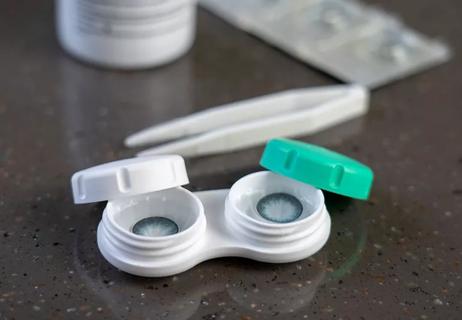
For starters, don’t sleep in contact lenses
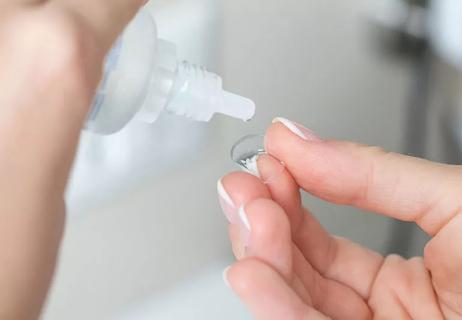
Irritated eyes are just the beginning if you leave your contacts in too long

Even contacts made for overnight use can hurt your eyes
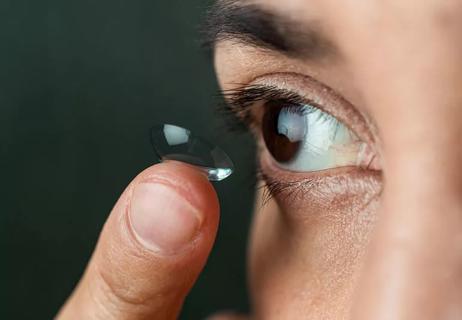
The short answer from an ophthalmologist
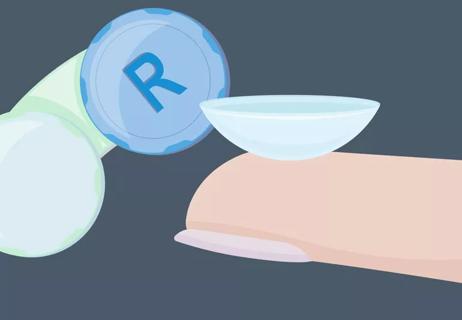
The short answer from an optometrist

Redness, pain and blurred vision? See your doctor now

Preserving your social life and protecting your mental health are key to living well with vision loss
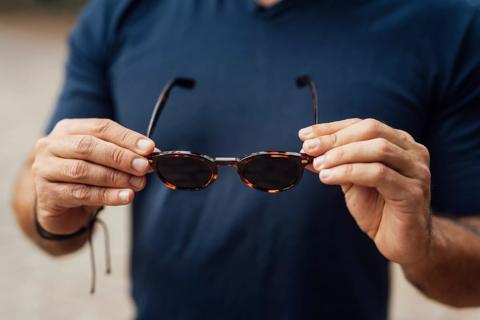
Start low-vision rehabilitation as soon as possible and see your retina specialist at least every six months

Your metabolism may torch 1,300 to 2,000 calories daily with no activity

A gentle touch in all the right places may help drain your sinuses